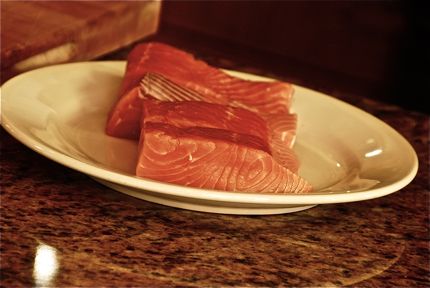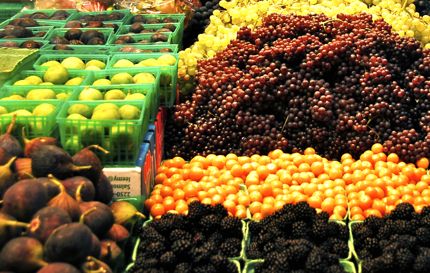Tarragon-Tinged Sole Fillets
November 30, 2011
Tarragon-Tinged Sole Fillets
Wine Varietal: Sauvignon Blanc
One afternoon, after trolling the fish stands at the Pike Place Market for the freshest catch of the day, I brought home a generous serving of glistening Petrale Sole fillets and had to figure out what to do with a fish that, frankly, I rarely cook. So with a small bag of good-quality, sea-salt-studded potato chips at the ready, I let my imagination run wild and created the following loosely constructed “recipe.”
1. Preheat the oven to 400 degrees. Line a large rimmed baking sheet with aluminum foil and set aside.
2. Rinse and thoroughly pat dry about one-and-one-half pounds of petrale sole fillets.
3. Mix one-half cup each crushed good-quality potato chips with one-half cup of panko (Japanese) bread crumbs. Add about two tablespoons of freshly chopped tarragon, a dash of cayenne, and salt to taste (you might not need any at all, depending on the salt level in the chips). Pour onto a dinner plate and spread out into an even layer.
4. In a medium mixing bowl, with a fork or a whisk, stir together one large egg and two or three tablespoons of milk. Dredge the sole fillets through the egg wash and pat in the crumbs.
5. Place about one tablespoon of unsalted butter on the foil-lined baking sheet. Place the baking sheet in the oven and allow the butter to melt and turn light brown. Watch the oven carefully and do not allow the butter to burn or it will be bitter.
6. Arrange the fish fillets without crowding over the baking sheet and cook seven to 10 minutes, or until the fish just flakes and the crust is crispy. Do not turn the sole fillets during cooking.
7. Divide the fish among four or six dinner plates (depending on appetites!) and serve immediately.
Recipe from Braiden Rex-Johnson’s private collection.






